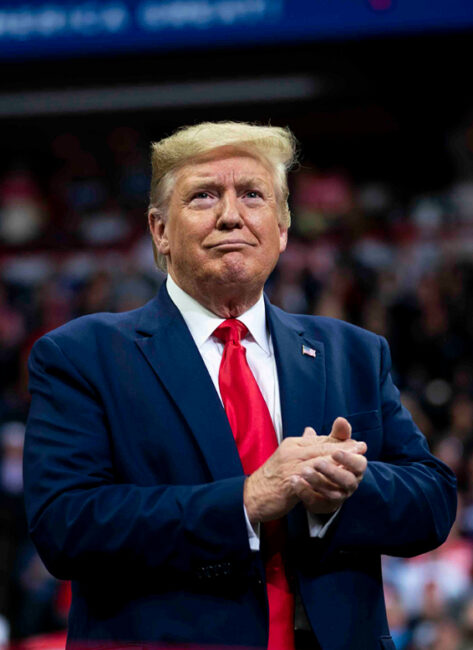The Impact of Trump’s Foreign Policy on Global Relations: A Comprehensive Analysis (Updated 2025)

Introduction
Donald Trump’s presidency (2017–2021) marked a profound shift in U.S. foreign policy. With an “America First” agenda, his administration disrupted traditional alliances, challenged multilateral agreements, and redefined the U.S. role in global affairs. Now in 2025, the ripple effects of his policies continue to shape international relations, global diplomacy, and U.S. strategic positioning.
1. America First Legacy
Trump’s prioritization of national interests over global cooperation led to a more isolationist and transactional U.S. foreign policy.
2025 Update:
-
Ongoing U.S. skepticism toward multilateralism persists in some political circles.
-
Allies remain cautious, concerned about the durability of U.S. commitments.
-
Foreign leaders have developed contingency strategies, preparing for potential shifts in U.S. leadership post-2024 elections.
2. Long-Term Impact of Withdrawals
Trump withdrew the U.S. from multiple agreements, which has had lingering global effects.
2025 Update:
-
Paris Climate Accord: The U.S. rejoined under Biden in 2021, but global trust in U.S. climate leadership remains fragile.
-
Iran Nuclear Deal: Revival efforts failed. Iran has expanded its nuclear program, contributing to regional instability.
-
TPP (now CPTPP): U.S. absence allowed China to expand its trade influence in the Asia-Pacific region.
3. U.S.-China Relations
Trump’s aggressive stance toward China laid the groundwork for a new era of competition.
2025 Update:
-
The U.S.-China rivalry has intensified, particularly in AI, semiconductors, and space.
-
Bipartisan consensus in Washington supports a tough stance on China.
-
Countries in Asia are increasingly caught in a geopolitical tug-of-war between Washington and Beijing.
4. NATO and Transatlantic Relations
Trump’s criticism of NATO caused tensions with European allies.
2025 Update:
-
NATO has strengthened post-Ukraine invasion (2022), but Europe continues to invest in defense autonomy.
-
Trump’s unpredictability spurred the EU to prepare for U.S. disengagement scenarios.
-
U.S. commitment remains strong under the current administration, but confidence is conditional.
5. Normalization in the Middle East
Trump’s administration brokered the Abraham Accords, normalizing ties between Israel and several Arab nations.
2025 Update:
-
The accords have expanded slowly, with economic and security cooperation increasing.
-
However, tensions in Gaza and Iran’s regional influence continue to challenge long-term peace prospects.
-
The U.S. remains a key mediator, but regional players assert more autonomy in diplomatic negotiations.
6. Shift in Global Leadership
Trump’s presidency created a vacuum in global leadership, allowing others to step forward.
2025 Update:
-
China and the EU have taken more prominent roles in climate, trade, and peacekeeping.
-
India and Brazil are increasingly assertive in global forums like BRICS+ and the G20.
-
Many nations now pursue a multipolar approach, reducing reliance on the U.S.
7. Soft Power and Global Perception
U.S. image abroad suffered during the Trump years, especially among democratic allies.
2025 Update:
-
Soft power has partially recovered under post-Trump administrations, but global public opinion remains divided.
-
The U.S. is viewed as powerful but politically volatile.
-
Youth and civil society movements worldwide are less inspired by U.S. leadership than in previous decades.
Conclusion
Trump’s foreign policy fundamentally altered how the world perceives and interacts with the United States. In 2025, the consequences of his presidency continue to influence global strategy, diplomacy, and security frameworks. Whether these changes are lasting or reversible will depend heavily on future U.S. leadership and global geopolitical dynamics.
Leave a Comment